The best of Yaeyama
The best of Yaeyama
The Yaeyama Islands has have an different atmosphere different to that of from all overthe rest of Japan. Rare wildlife and a unique ecosystem s are still beingremain protected thanks to the unique geographical features of an island in a subtropical climate. from the geographical features of subtropical climate and islands. Also, famous
There are also many beautiful natural landscapes that have brought the region to the top of acclaimed tourist destination rankings. We are proud to introduce the Yaeyama region to you. rank in the top ranking in the tourism site rankings as well. Here I will show you the wonderful Yaeyama we are proud of.
Panoramic View
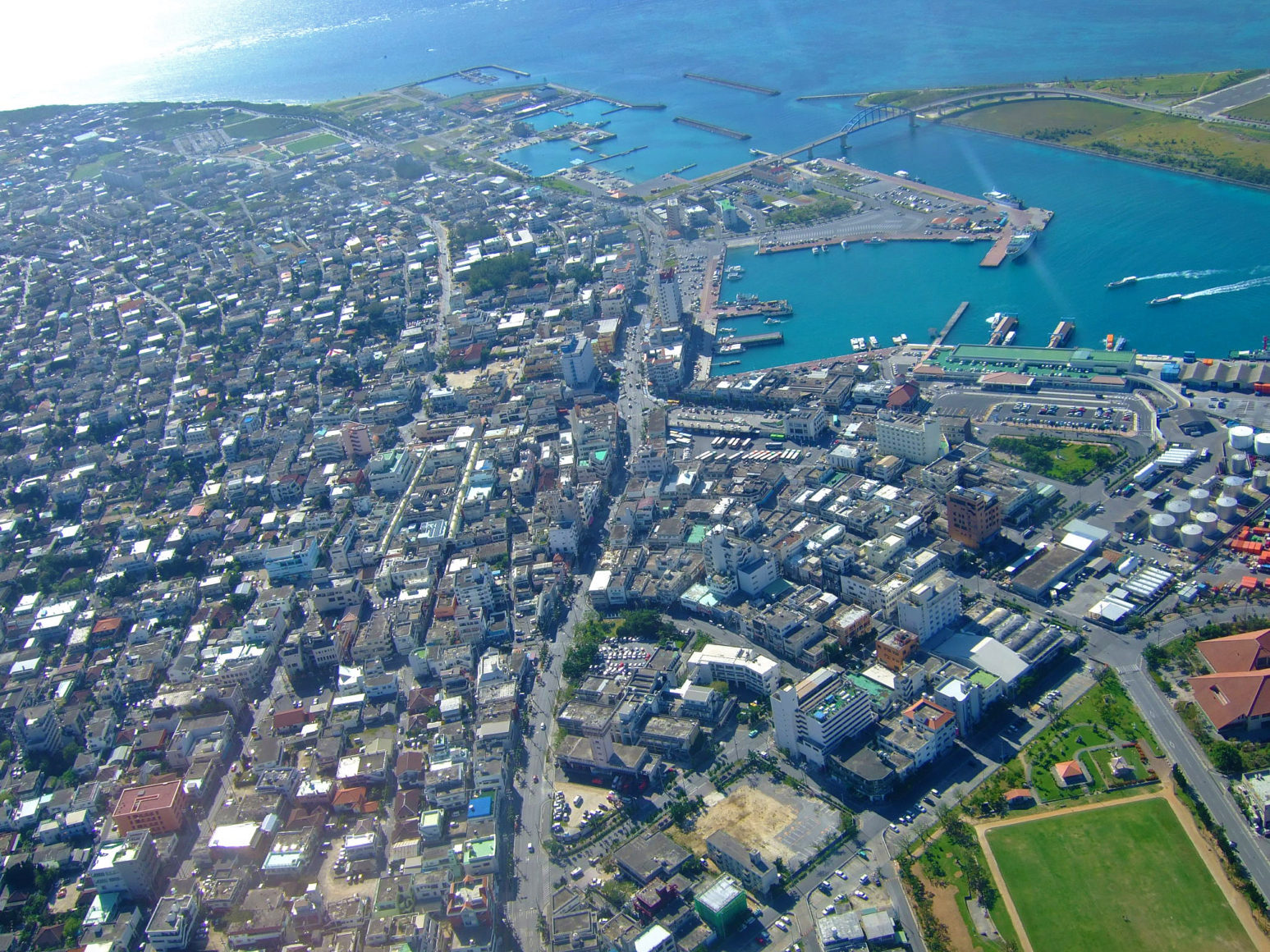
Ishigaki Island was chosen by tripadvisor as Top Destinations on the Rise-World. Ishigaki Island has been named the 2018 top trending travel spot among users of Trip Advisor.
Ishigaki is described by TripAdvisor as follows.
The water around Ishigaki is pure blue, with white sandy beaches to soothe your senses. But don’t just stand on the beach and stare. Travelers recommend a ride in a glass-bottomed boat to gaze at the coral reefs and tropical fish from above.
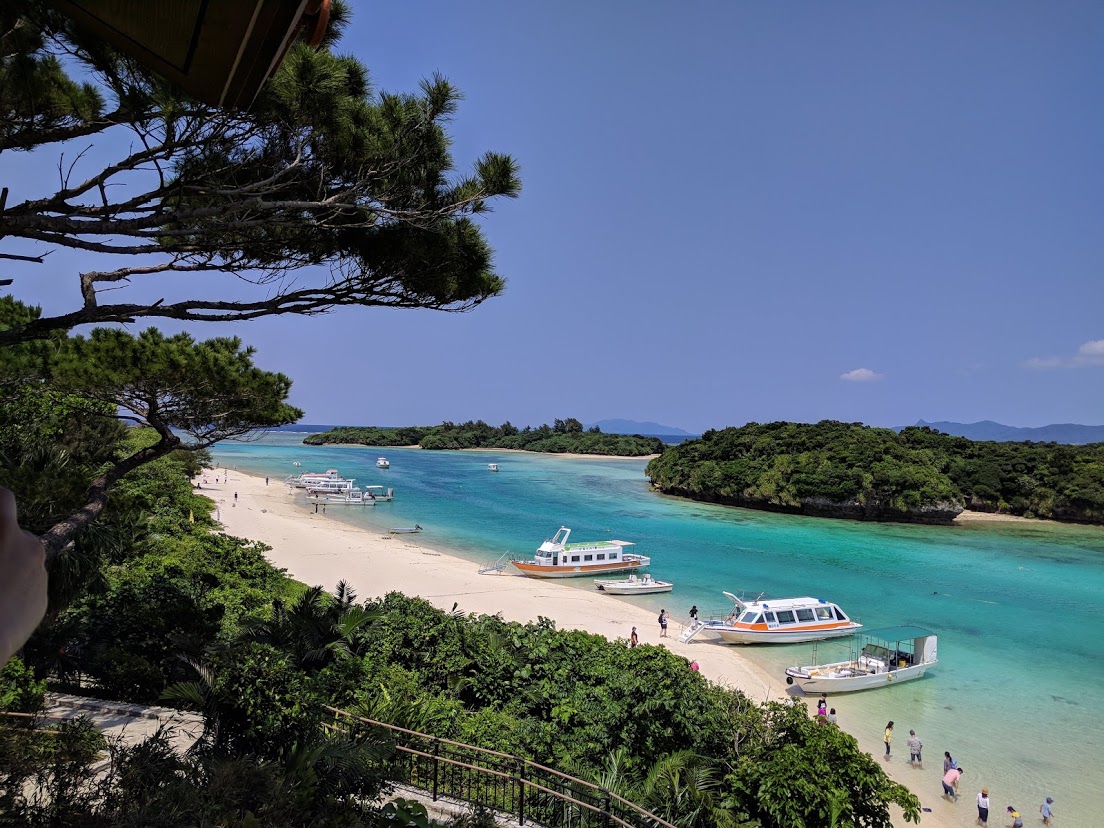
Kabira Bay was chosen by Michelin Green Guide of Three stars (Highly recommended)
Kabira bay is described as follows
This exquisite creek to the north of lshigaki is lapped by waters inhabited by impressive manta rays, to the delight of divers. The reefs also provide shelter to Japan’s greatest concentration of coral (nearly 215 varieties) and the bay is also famous for its black cultured pearls. Embark on a glass-bottom boat or head to Sukuji beach to the west of Kabira, which is very well equipped.
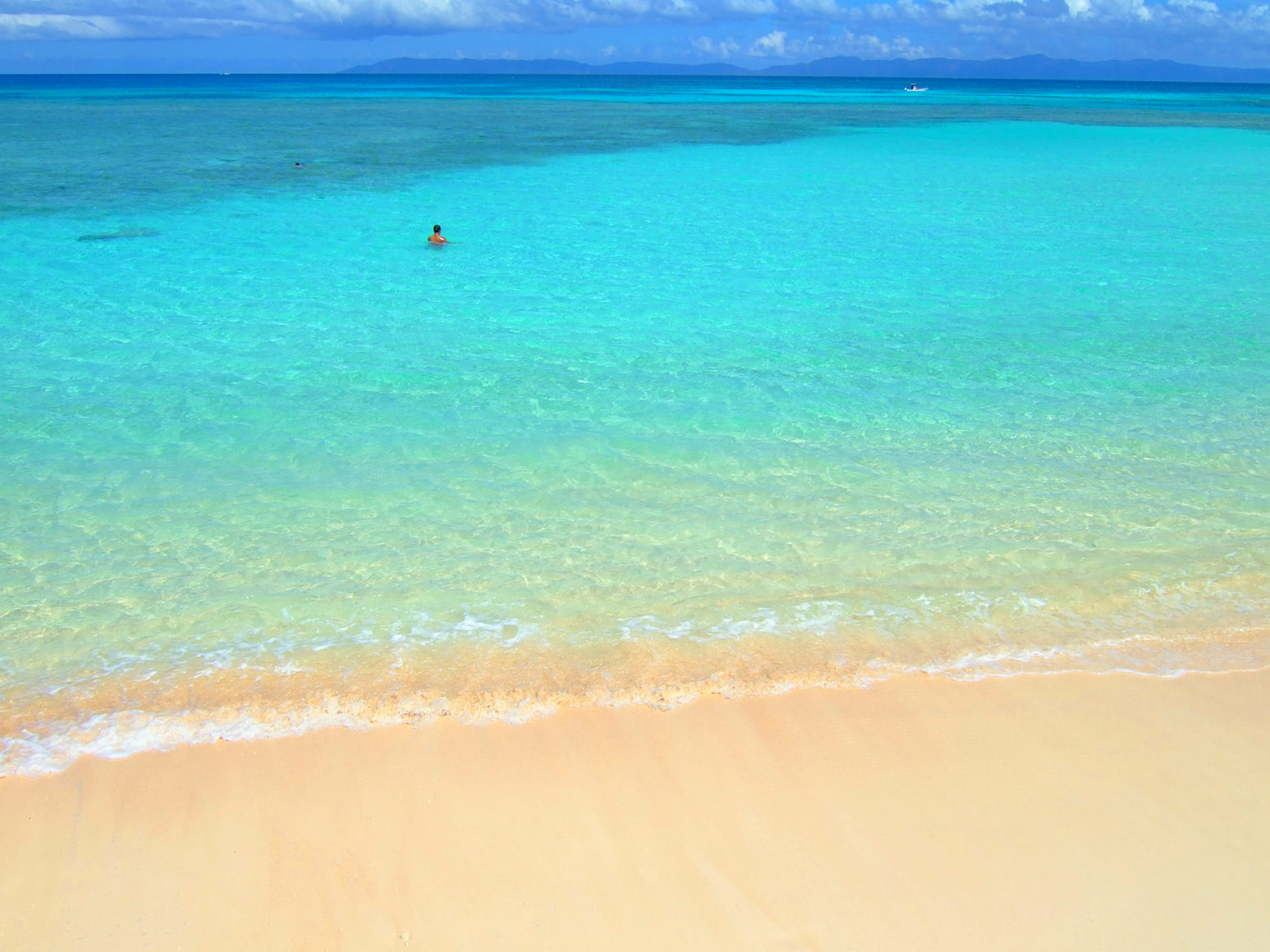
Nishihama Beach was chosen by tripadvisor as Popular Beach Top 10 – Japan.
Nishihama Beach “on Hateruma Island, located at the southernmost tip of Japan as the manned island, was chosen as the 1st place.
Hatema = As the name of the end of Uruma (coral reef), the beach where beautiful coral reefs spread beyond a white sand beach is highly appriciated in the sea, in addition to the beauty of the sandy beach.
Star Watching
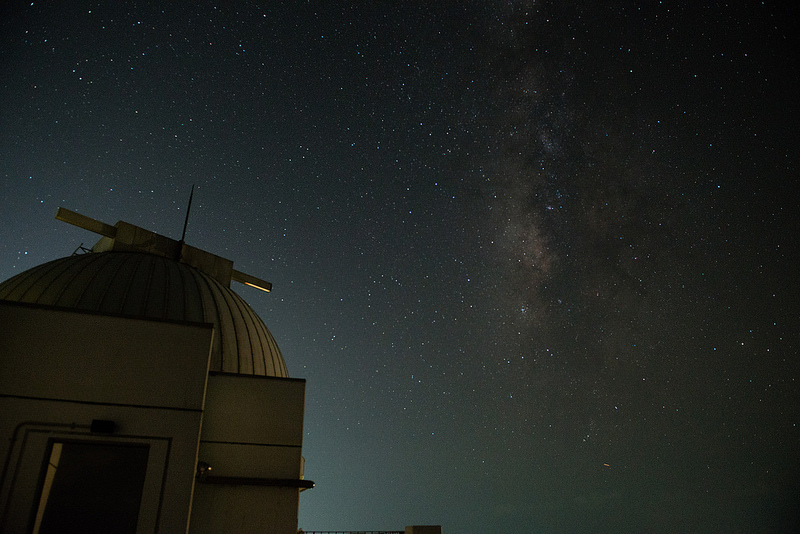
In the year 2018, Iriomote-Ishigaki National Park (which is part of Ishigaki Island and Taketomi town) has been designated an International Dark Sky Park. It is the first location in Japan to receive accreditation through the International Dark Sky Places Program.
The islands, ringed by living coral reefs, provide refuge for several threatened plant and animal species, including an endemic firefly species that relies on natural darkness to survive.
In addition to having Little light and pure air allowing a clear view of the night sky, it is also the region closest to the equator in Japan.
As a result, all 21 first magnitude stars are clearly visible from this region. Additionally, among the 88 constellations, 84 including the Southern Cross are visible from the region. There are also various folk tales and folk songs related to stars.
Diving
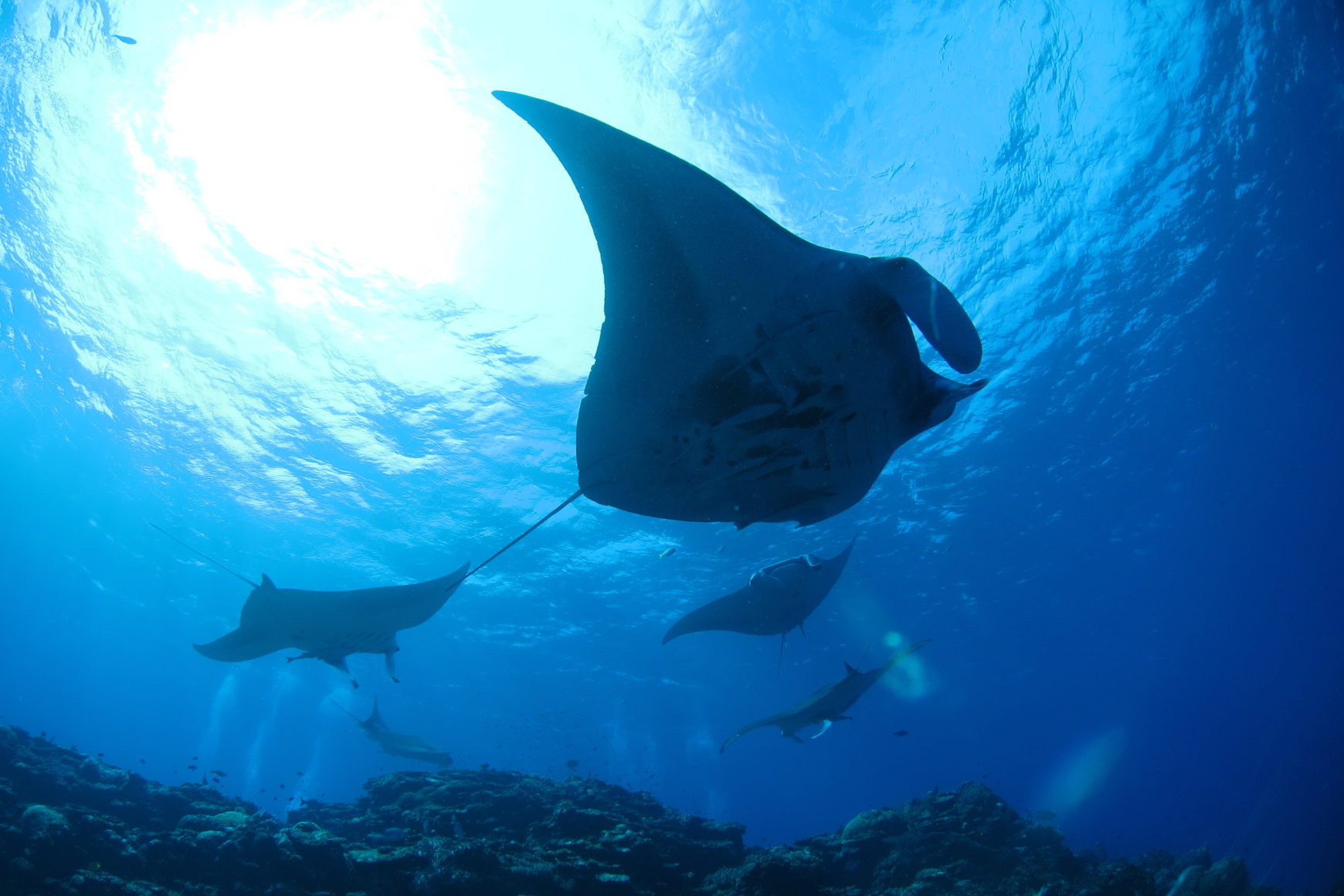
Off the northeastern shore of Ishigaki Island, there is a well-known diving site called Kabira Ishizaki Manta Scramble, known for its high probability in encountering manta rays. The ease of diving for beginners here makes it an attractive spot.
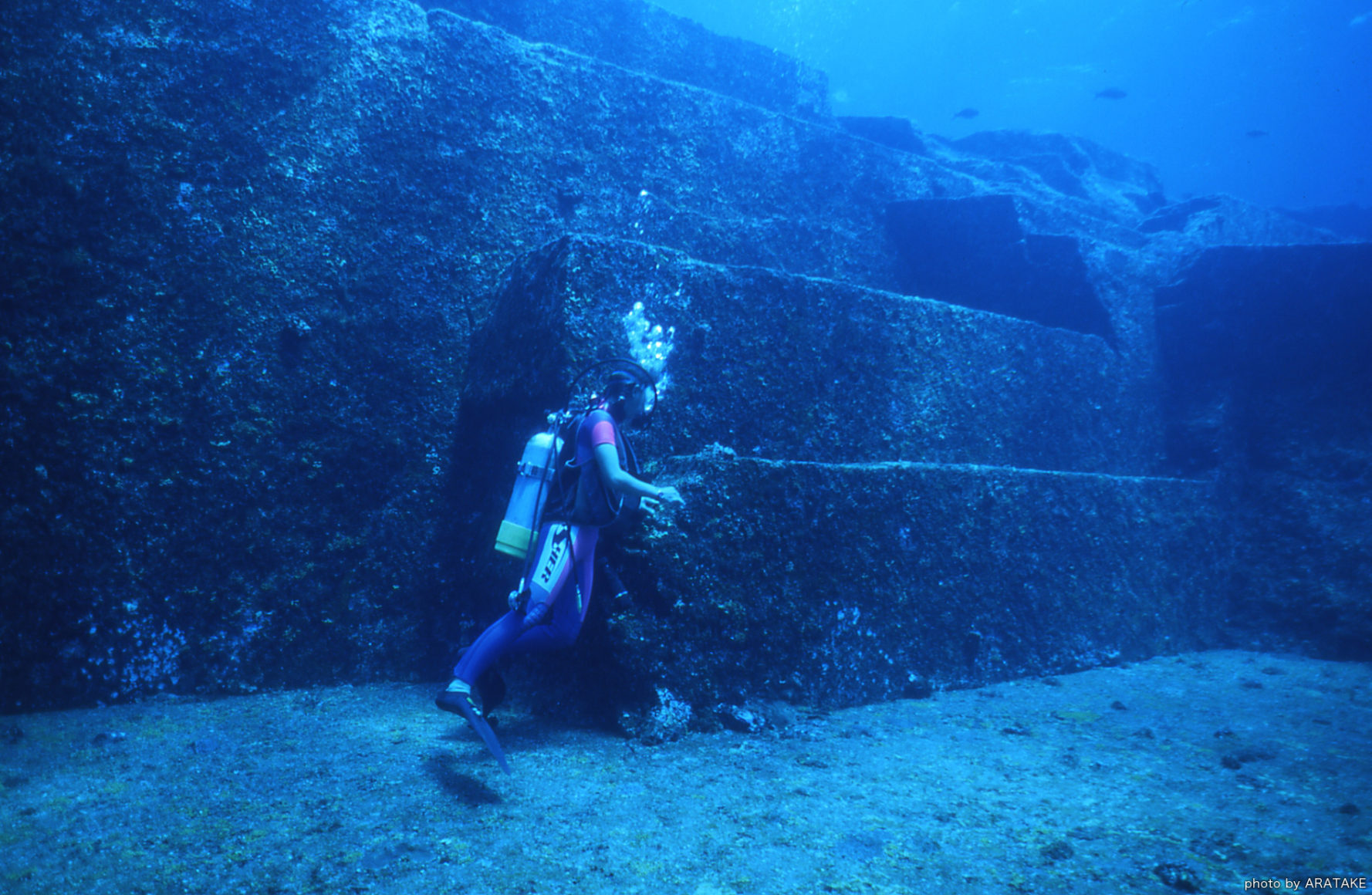
A height of 26m, 2500m from east to west, 150m from north to south, towering step-like rocks, like an ancient temple. Discovered a few decades ago, whether it is an artificial structure or a product of nature, it is not clear. It is now a world-famous diving spot where you can dive and touch these rocks. The rocks can also be seen from glass-bottom boats or by snorkeling.
The world’s largest creatures
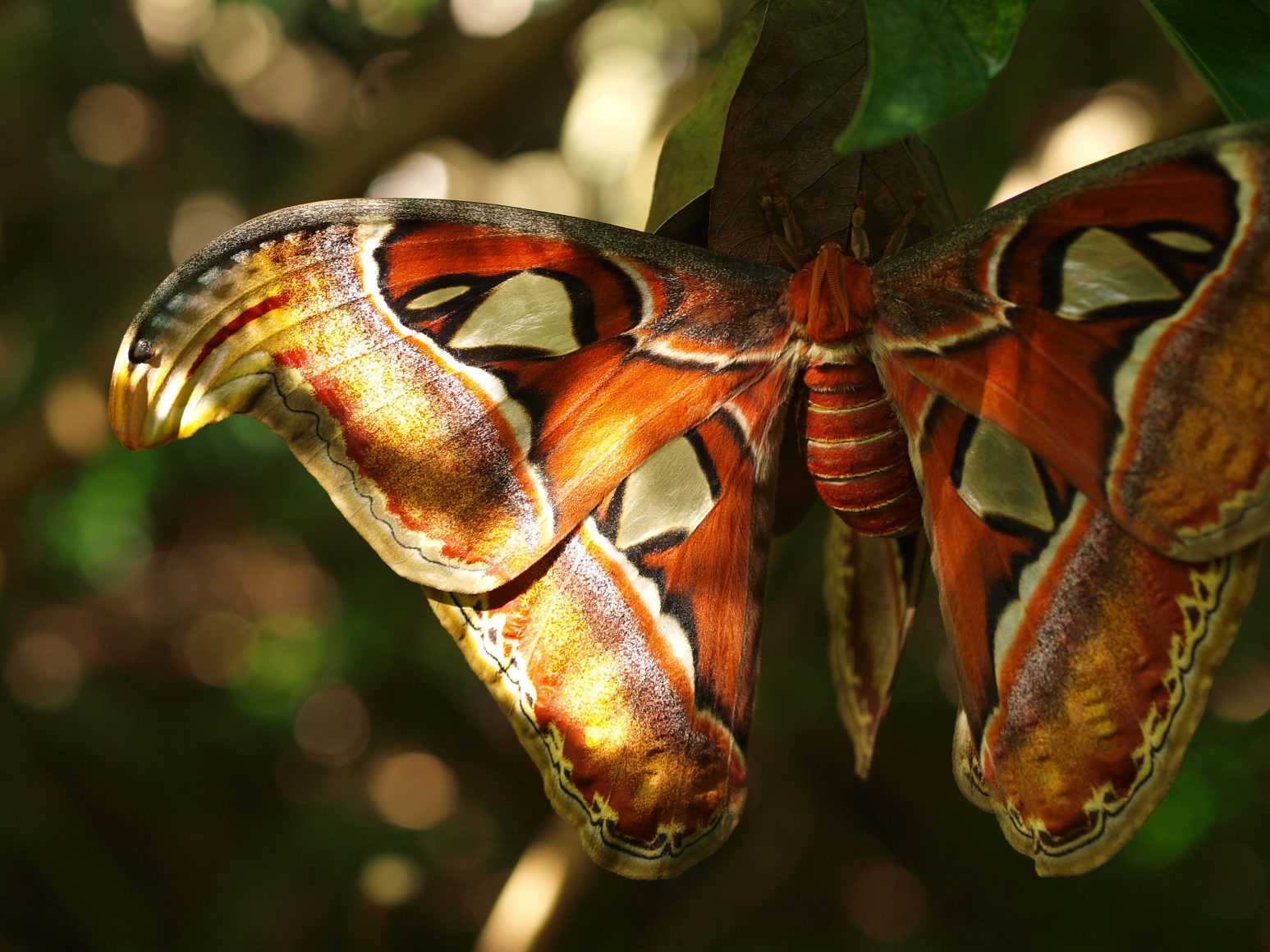
The world’s largest moth.
In Japan they are only found in the Yaeyama Islands (lshigaki Island, Iriomote Island and Yonaguni Island). It was named “Yonagunisan” as it was first discovered in Yonaguni Island.
Its extended wings are as wide as 20 cm to 30 cm.
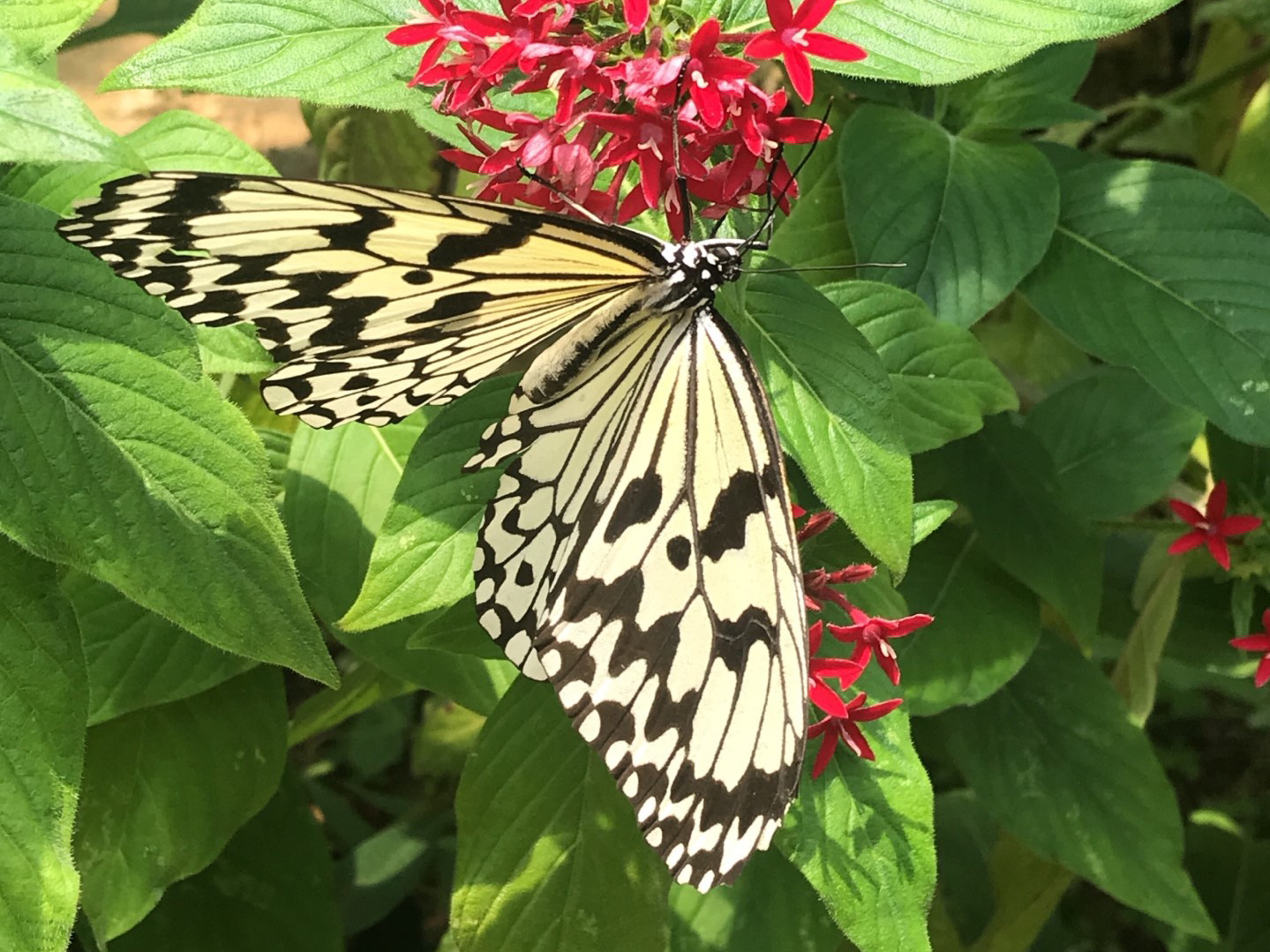
Ooogomadara is a giant insect, the largest butterfly in Japan, with a wingspan of 95 to 110mm. It breeds across seasons, so you can see it throughout the year. The lifespan of adults is long, living months after hatching, and if conditions are good it will live for about half a year.
It is designated as the butterfly of the city of Ishigaki.